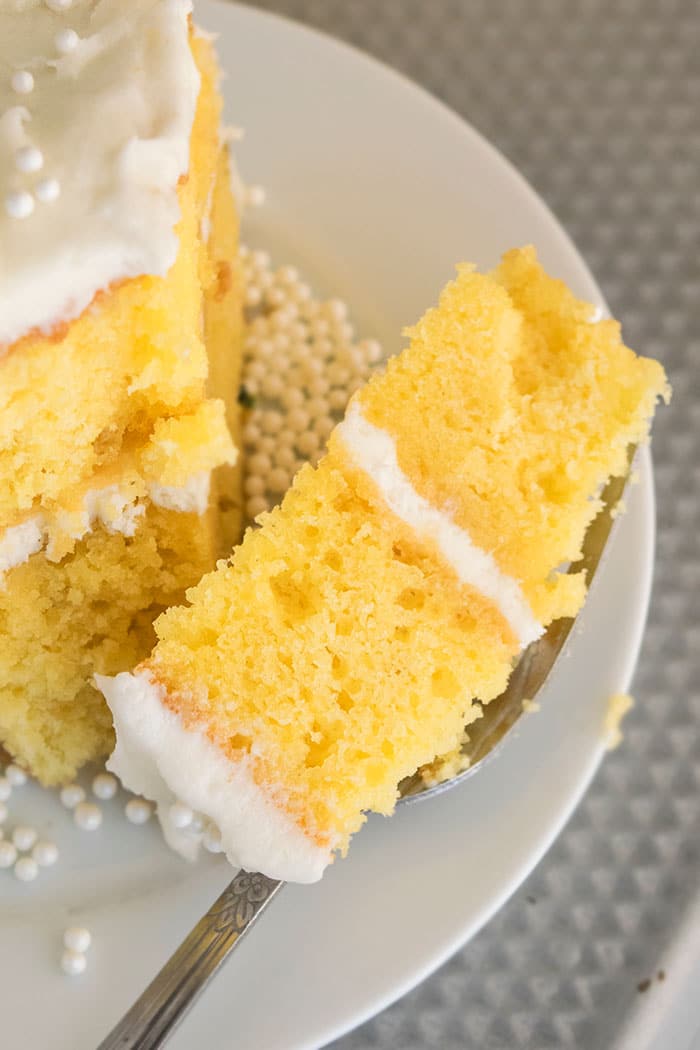
If you are still uneasy about this, use pasteurized egg whites.Ĭonsumption of raw or undercooked eggs, shellfish and meat may increase the risk of foodborne illness. Ice the entire assembled cake.ĭon't worry about using raw egg whites in your buttercream, the sugar cooks the egg whites and makes them perfectly safe to eat. Set the second cake layer on top of the first. Begin remixing the buttercream, using the whip attachment on high speed while applying direct heat to the outside of the bowl with a propane torch that can be found at any hardware store.Īssemble the cake: Start by using an offset spatula to spread a layer of icing onto one cake layer. To warm up the buttercream, put it back in the mixer using a rubber spatula. Buttercream can be kept at room temperature for a few days or in the fridge for a week or two, but always use soft buttercream when icing a cake. Remove the buttercream from the bowl and place it in an airtight container. When the buttercream is ready, the mixture will be homogeneous and smooth¿and tasty. Depending on the weather, the buttercream could take anywhere from 5 to 15 minutes to form. When you first add the butter, your meringue will break down and look like cottage cheese but will continue to emulsify into a smooth buttercream. Once all the butter is incorporated, continue whipping on medium speed until the butter has completely emulsified into the meringue. Replace the whip, turn the mixer on medium and start adding the butter, a bit at a time. You know your meringue is done when you pull out the whip, hold it horizontal, and you have what looks a "sparrow's beak" on the end of the whip. When all the sugar is incorporated, increase the mixer speed to high and whip until shiny and stiff. Increase to medium speed and slowly start adding the sugar until all the sugar is incorporated. Any fat or liquid at all in the bowl will stunt the protein development of the albumen (egg white protein), and you will not have a proper meringue at the end.īegin by whipping the egg whites by themselves (no sugar or butter yet) on medium-low speed in a stand mixer until the whites are foamy and opaque¿it should look like the head on glass of beer. Place the cakes right-side up on the rack and let cool completely before icing.įor the buttercream icing: Make sure to have a completely clean and dry bowl when you start your process. Run a small offset spatula around the outside of the cakes to loosen, then carefully flip them out of their pans and onto the wire rack. Let the cakes cool in the pans on a wire rack for 10 to 15 minutes. (The cakes will shrink away slightly from the sides of the pan.) Spread the batter with an offset spatula so it is evenly in the pan.īake until a wooden toothpick inserted in the center of the cake comes out clean and the cake springs back when pressed lightly in the center, 25 to 30 minutes. Pour the batter evenly into the two prepared cake pans, scraping the bowl. Add the egg mixture in three parts, mixing on medium speed for 30 seconds after each addition. vanilla sugar, butter, eggs, flour, milk, Orange, vanilla extract Basic Vanilla.

Scrape down the bowl with a rubber spatula. YumsClick Yum to save recipes and teach Yummly about your tastes. Increase the speed to medium and beat for 2 minutes, until light and fluffy. Add the butter and the remaining 3/4 cup milk, and mix on low speed until combined. In a stand mixer on low speed, combine the flour, sugar and baking powder. Prepare two 8-inch cake pans with baking spray and line with parchment rounds.Ĭombine the eggs, 1/4 cup of the milk, and the vanilla in a small bowl. You may need to run a knife around the edges to help release the cake.For the vanilla cake: Preheat the oven to 350 degrees F. Cool in the tin for 15 mins, and then take the cakes out and cool completely on the rack before icing.

Keep in mind that all ovens are different and that the amount of cake pans you choose affect baking time. In a stand mixer on low speed, combine the flour, sugar and baking powder.

Beat the softened butter into the dry mixture until it is in tiny crumbs resembling sand well dispersed in the flour mixture.In the bowl of a stand mixer fitted with a paddle attachment or with hand beaters, combine the flour, baking powder, baking soda, salt, and sugar.For best results, grease the pans, add the parchment paper to the bottom, grease again, then flour. To be sure my cakes release easily from the tin, I line the bottom with a circle of parchment paper. Butter and flour the round cake pans you have chosen to use.


 0 kommentar(er)
0 kommentar(er)
